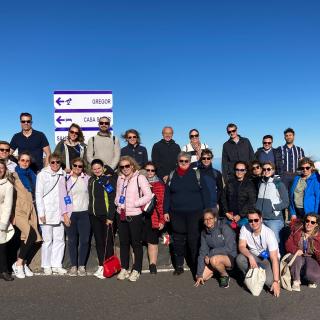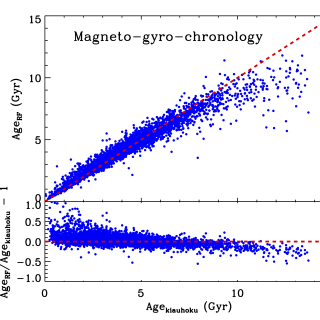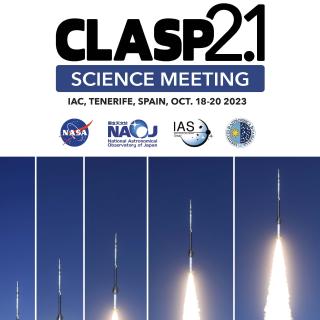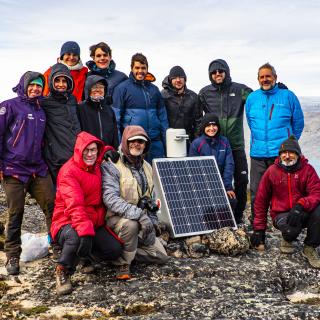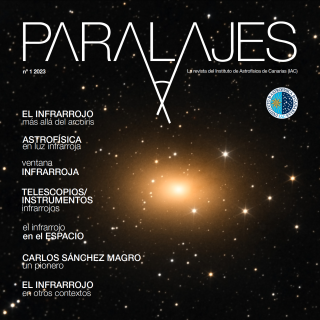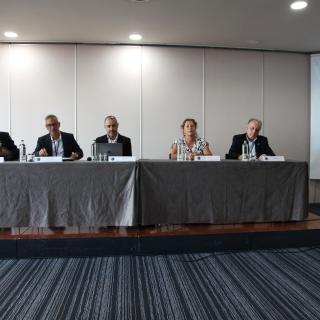
The IAC's Institutional Actions and Transfer Office (OTAI) held the third edition of the technical conference of the Research Results Transfer Offices (OTRIs) in the Canary Islands on La Palma. This meeting brought together fifty management teams and institutional representatives from a dozen public institutions of the archipelago to advance in the consolidation of collaborative work towards a Canary Islands Network of Knowledge Transfer Offices and R&D&I project management. The opening session was moderated by Anselmo Sosa, manager of the OTAI on behalf of the IAC, accompanied by the
Advertised on
